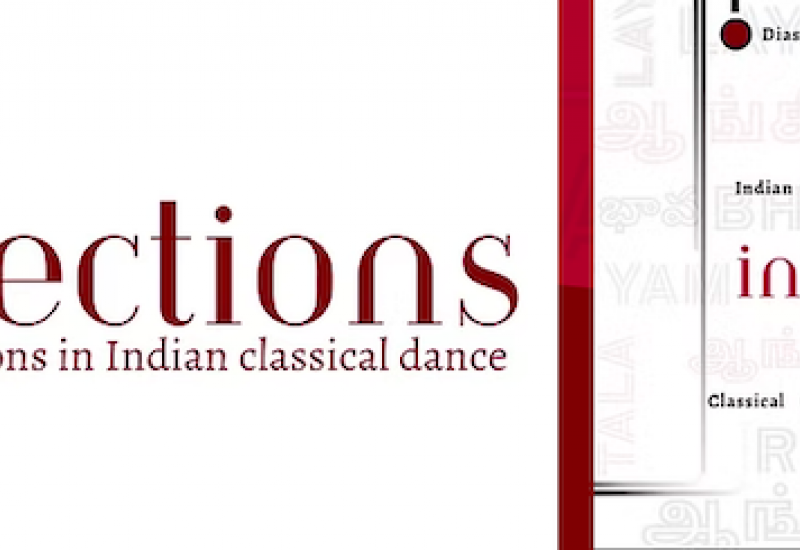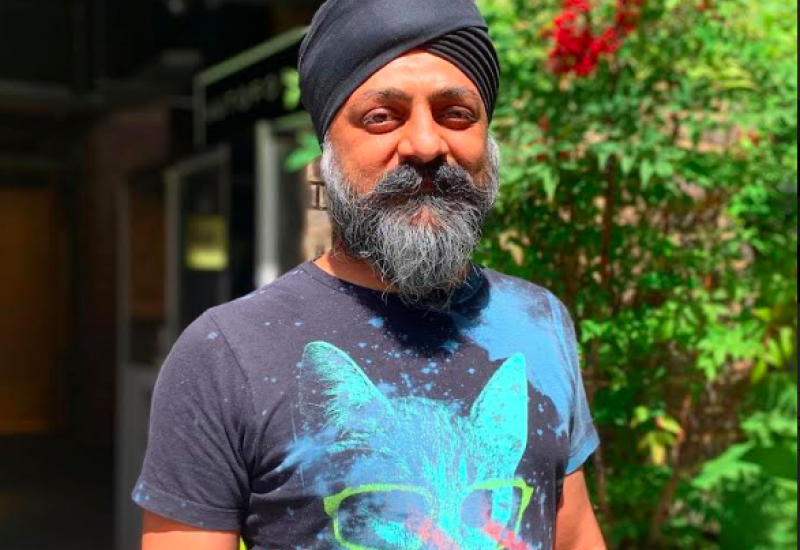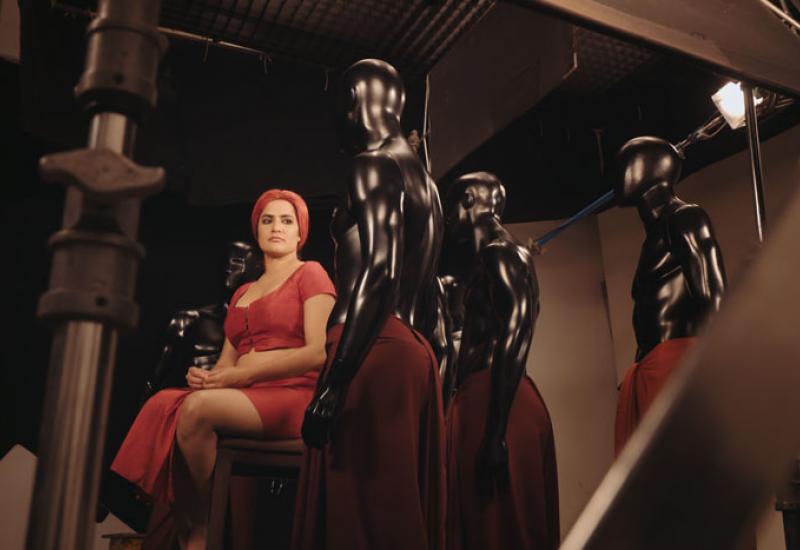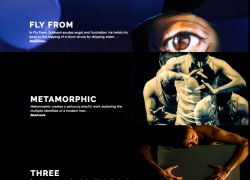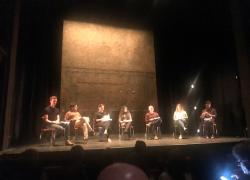XENOS – Akram Khan's Last Full-Length solo – a preview.
Akram Khan’s last full-length solo will premiere in 2018
Audiences who attended the first night of the Darbar Festival at Sadler’s Wells last November had a taste of Akram Khan’s XENOS. Read on for Donald Hutera's review.
In this brand-new work commissioned by 14-18 NOW, the UK’s arts programme for the First World War centenary, Akram explores the myth of Prometheus – the Titan who stole fire and gave it to mankind – through the experience of an Indian colonial soldier in the First World War.
Was Prometheus’ gift the blessing or the curse of mankind? By revisiting the classical Greek myth in the context of the most violent century in human history, XENOS reveals the beauty and horror of the human condition.
XENOS, meaning 'stranger' or 'foreigner', seeks to express tales of loss, hope and redemption, through a movement language that shifts between classical and contemporary dance.
Akram has brought together a stellar creative team. Along with dramaturg Ruth Little and acclaimed Canadian playwright Jordan Tannahill, he teams up with German designer Mirella Weingarten, award-winning lighting designer Michael Hulls, costume designer Kimie Nakano, and composer Vincenzo Lamagna.
The production will première on 21 February 2018 at Onassis Cultural Centre - Athens, and will have its UK première at Sadler’s Wells, London from 29 May - 9 June, as part of their Spring 2018 Season. More international tour dates will be announced later.
Akram Khan, XENOS
Raga & Tala Experience
9 November 2017
Sadler’s Wells, London
Reviewed by Donald Hutera
Akram Khan has an abiding interest in bringing mythological sources and elements into his work, including those slanted towards more contemporary concerns or forms of expression. XENOS, which he claims will be his last contemporary full-length solo, fits that bill. The piece is based on research into the story of Prometheus (a name associated with the notion of ‘forethought’), the Greek Titan who fashioned humankind out of clay and earth and, flouting Zeus’ wishes, stole fire to give to his creations. For this act Prometheus was duly punished by being chained to a mountain where an eagle would come to eat his liver for eternity.
At the festival Khan unveiled a twenty-minute and more classically-inclined precursor of the solo. Economically entitled X, it began with an ominous voice-over – ‘Do not think this is war. This is not war. It is the ending of the world’ – and a glorious effect as Khan, centre-stage in white and wearing ankle bells, struck a match that seemed to ignite the field of small amber light bulbs (21 x 21, or 441 of them) suspended just above his head. Designed by Aideen Malone, the lights rose higher as Khan plunged into motion fuelled by musicians on either side: Aditya Prakash, sharing vocal duties with percussionist B.C. Manjunath stage left, both seated on a platform, and, opposite them, bass player (and vocalist) Nina Harries, saxophonist Tamar Osborn and Andrew Maddick on violin, all standing. The evocative score was by Vincenzo Lamagna, Khan’s collaborator on his 2016 reinvention of Giselle for the English National Ballet.
With its scraping, monstrously guttural yet vocally filigreed sound, Lamagna’s music lent strong support to Khan’s whirlwind spins and pronounced sense of attack. This was, presumably, a Prometheus on the offensive, with Khan firing on all cylinders and seeming to draw down invisible flame with his flared hands and stamping feet. But you might also, at a stretch, deem Khan to have been the embodiment of humanity itself. Such ambiguity was built in to this teaser for a work that won’t première in a finished form until 2018. The bottom line was that Khan was in sleek, powerfully fine fettle. He also conveyed vulnerability by lying on his side and shifting his limbs to breathy, crackling aural accompaniment, thereby eliciting light laughter from some audience members enjoying the discomfiting simulation of snapping bones and joints. He picked himself up when the music slowed, soothed by spirit-healing vocals and playfully yet calmly walking his fingers on his arm until, eventually, Malone’s brilliant hanging lights descended.
X was, in essence, an inconclusive albeit promising taste of things to come. What ensued, after a bit of talk from Khan and a few short, self-congratulatory speeches by festival organisers, was a jam session structured as a call-and-response between dancer and musicians. Here, again, Khan was on form, unleashing a volley of rhythmic footwork possibly matched but not surpassed by his colleagues.







